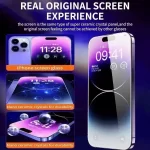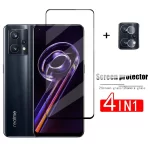Introduction to Screen Protectors
Before learning how to get a screen protector off, let’s understand what they are. Screen protectors are thin layers of plastic or glass. They shield your device’s screen from scratches and cracks. These protective films can vary in quality and durability. Some protectors also offer extra features like anti-glare or anti-fingerprint coatings. With time, they may wear out or you may just decide to replace them for a better view of your phone’s screen. Understanding their purpose is key before you proceed with the removal process. Stay tuned as we delve into the necessary tools for safe and effective screen protector removal.
Tools Needed for Removal
Before you dive into how to get a screen protector off, gather the right tools. Proper tools ensure a smooth process. Here’s what you’ll need:
- Plastic pry tool or credit card: To gently lift the edge of the protector.
- Microfiber cloth: For cleaning the screen without scratches.
- Tape: To secure the screen protector if it shatters during removal.
- Hairdryer (optional): Some individuals use a hairdryer on a low heat setting. It can loosen the adhesive on certain screen protectors.
Each tool has a role in the removal. The plastic tool or credit card slides under the protector’s edge to begin peeling. The microfiber cloth is vital for cleaning the screen both before and after removal. It avoids debris and fingerprints. If the screen protector cracks, tape can hold the pieces together. It makes removal safer and cleaner. A hairdryer, though optional, can be a handy tool. If you’re dealing with a stubborn protector, the heat gently softens the glue without damaging the screen.
Use these tools with care to avoid scratching or damaging your device. In the following steps on how to get a screen protector off, you’ll apply these tools effectively.
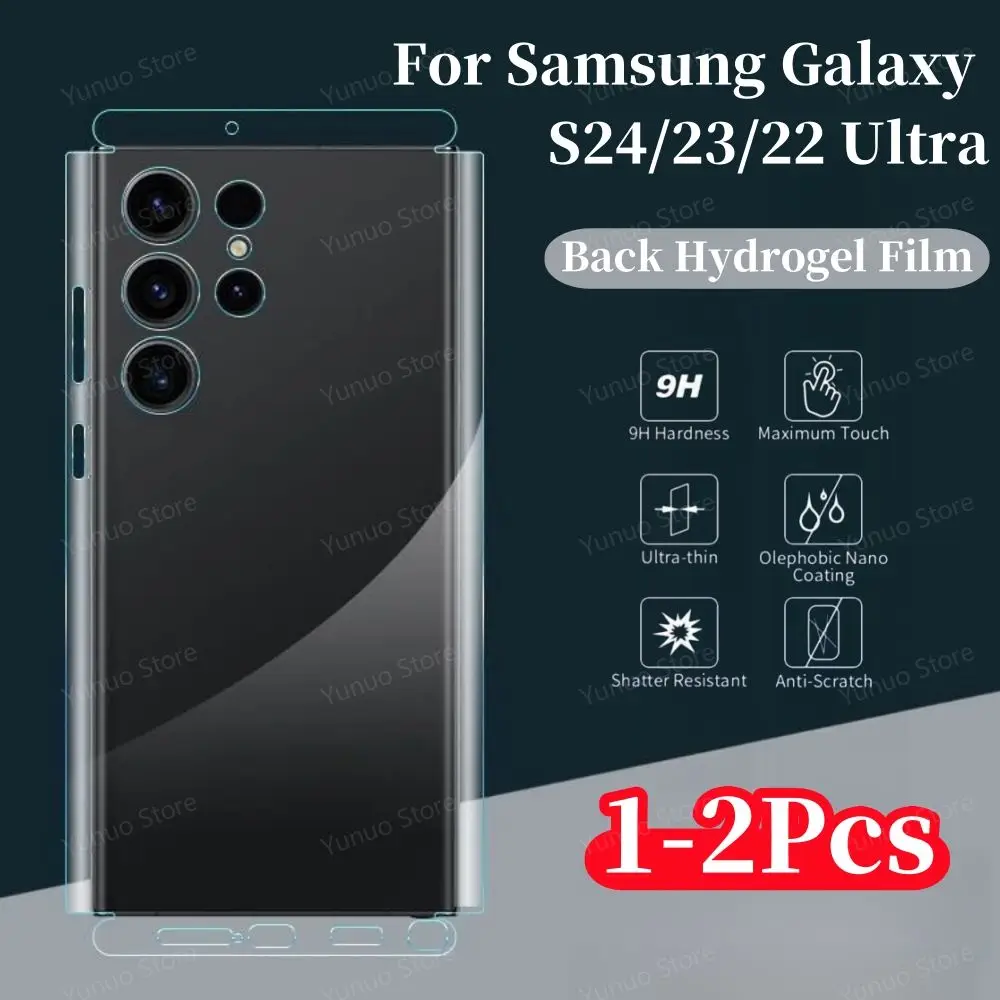
Preparing Your Phone for Screen Protector Removal
Before you start the process of how to get a screen protector off, it’s essential to prepare your phone. Proper preparation prevents any additional damage to your device. Follow these simple steps to ensure your phone is ready for the removal:
- Turn off your phone: To avoid accidental touches during the removal process.
- Clean the phone with a microfiber cloth: Remove any dust or grease from the surface. This makes it easier to see the edges of the screen protector.
- Place your phone on a flat, stable surface: This ensures your phone doesn’t slip while you’re working on it.
- Have your tools within reach: Make sure your plastic pry tool, tape, and hairdryer (if needed) are close by.
By having everything set up beforehand, the actual removal process will be more efficient and smoother. In the next section, we’ll go through the step-by-step process of removing the screen protector.
Step-by-Step Removal Process
Let’s get into how to get a screen protector off, step by step. Remember, patience is key.
- Start at the Corner: Pick a corner of the screen protector. Gently slide the plastic pry tool or credit card under the edge. Do this carefully to avoid scratching the screen.
- Lift the Protector: Once the tool is under the edge, softly lift the protector. If it doesn’t budge, apply a little more pressure. But be gentle.
- Peel it Off: Slowly peel back the screen protector from the corner you’ve lifted. Move it at an even pace. If it cracks or shatters, immediately stop. Use the tape to hold broken pieces together.
- Apply Heat (if necessary): If the protector is stubborn, use the hairdryer. Set it to a low heat and wave it over the screen’s surface. This softens the adhesive. Then try peeling again.
- Remove Entire Protector: Continue peeling until the entire screen protector comes off. Take your time during this process.
- Clean Up: Once removed, clean your screen. Use the microfiber cloth to gently wipe off any adhesive residue. Your screen should now be clear and clean.
Follow these steps with care for a successful screen protector removal. If difficulties arise, proceed with caution and remember the solutions from our next section to manage common challenges.
Common Challenges and Solutions
When learning how to get a screen protector off, you might face some issues. Here’s how to handle them effectively:
- Sticky Residue: If adhesive remains, use a slightly damp microfiber cloth. Gently rub to remove the glue.
- Screen Protector Breaks: In case the protector cracks, stop peeling. Use tape to hold pieces together, then continue slowly.
- Difficulty Lifting Edge: If you can’t lift an edge, use the hairdryer. The warmth loosens the adhesive, making lifting easier.
- Touchscreen Not Responding: After removal, if your screen is unresponsive, clean it again. Sometimes, residue can block touch sensors.
By tackling these challenges with the right approaches, the removal should complete smoothly.
Tips for Avoiding Damage During Removal
When you’re figuring out how to get a screen protector off, being cautious is crucial. To avoid damaging your device during this process, keep the following tips in mind:
- Use the Right Tools: Stick to the recommended tools like a plastic pry tool or a credit card. Metal objects can scratch your screen.
- Gentle Touch: Apply minimal pressure when lifting the protector. Don’t rush or force it off.
- Heat Application: Be very careful if using a hairdryer. Keep it on a low setting and move it constantly to avoid overheating any area.
- Slow and Steady: Remove the protector slowly and evenly to prevent it from snapping back and causing damage.
- Immediate Clean-up: If the screen protector shatters, immediately use tape to hold the pieces together. This prevents any shards from scratching the screen.
- Protect the Screen: As you peel off the protector, keep the screen shielded with a microfiber cloth just to be safe.
- Final Inspection: After removal, inspect your screen. Look for any minor scratches or damage you might need to address.
By following these simple but effective tips, you can ensure that your screen remains pristine even after you remove the old protector.
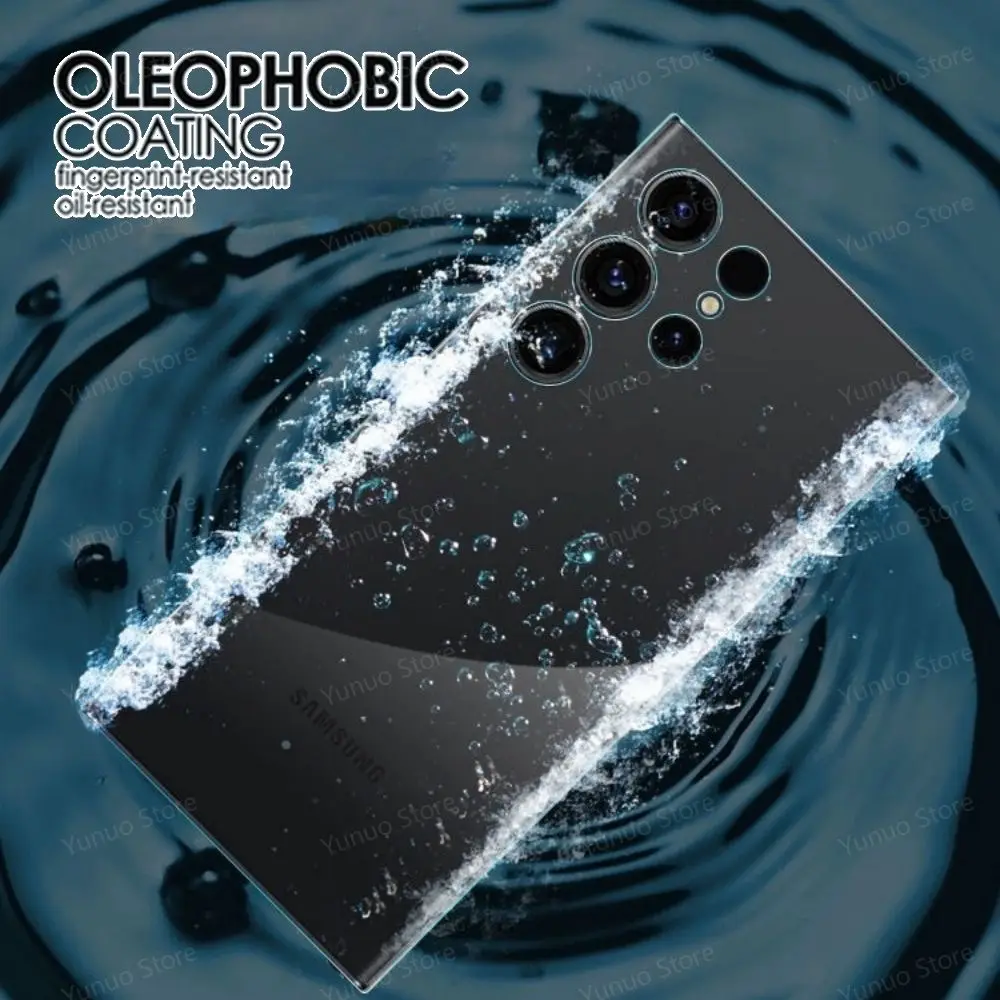
Cleaning and Caring for Your Screen Post-Removal
Once you have successfully removed the screen protector, your next focus should be on cleaning and maintaining your device’s screen. Proper care ensures your screen stays in top condition until you apply a new protector, if you choose to do so.
- Wipe Gently: Start by using a clean microfiber cloth to gently wipe away any remaining adhesive. Use soft, circular motions and take care not to press too hard which could damage the screen.
- Use Appropriate Cleaners: If needed, use a cleaner designed for electronic screens. Avoid household cleaners, as they can harm your screen. Spray the cleaner onto the cloth, not directly onto the screen, to prevent liquid damage.
- Dry the Screen: After cleaning, make sure the screen is thoroughly dry before turning your phone back on or reapplying a new screen protector.
- Regular Maintenance: Even without a screen protector, it’s good practice to regularly clean your screen to prevent buildup of dust and oils from your fingers. This maintains a clear view and keeps the touchscreen responsive.
- Scratch Inspection: Finally, inspect the screen for any scratches or damage that may have occurred during the removal. If you find any, there are screen repair kits available that can minimize their appearance.
In summary, gentle and diligent care of your screen post-removal will not only keep it looking new but also extend its life. Remember to handle your device’s screen with the same care you would apply to any other delicate surface. Keep the screen clean and inspect it regularly to ensure it stays in top condition.
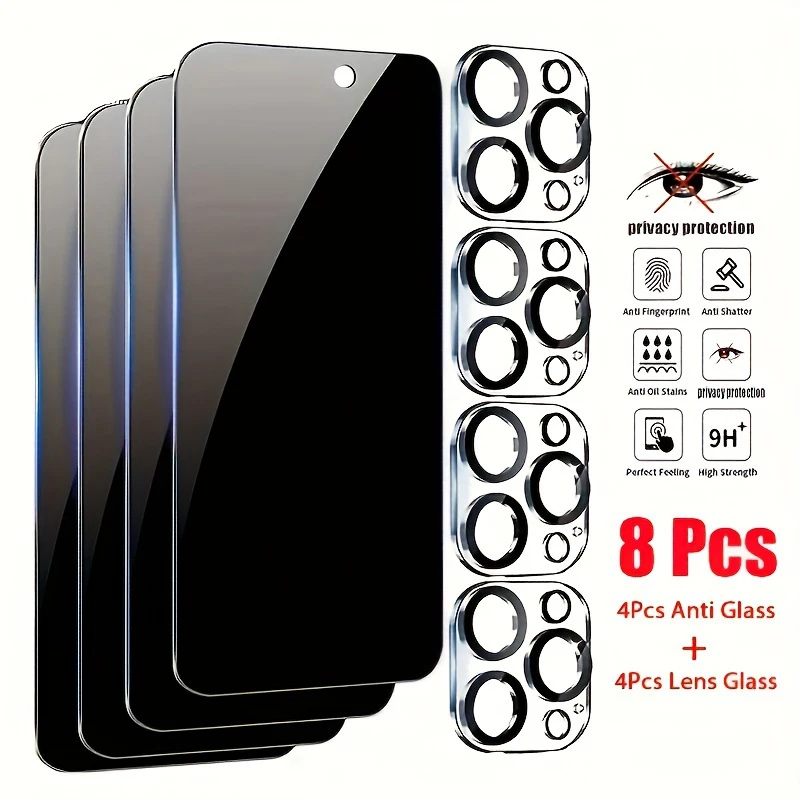
Alternatives to Traditional Screen Protectors
Once you learn how to get a screen protector off, you might consider alternatives. Traditional screen protectors serve well, but other options offer unique benefits. Here are some popular alternatives:
- Liquid Screen Protectors: These are thin, liquid coatings applied directly to the screen. They harden to create a scratch-resistant layer. This type is almost invisible and doesn’t add bulk.
- Nano Liquid: A variant of liquid protectors, nano liquid uses nanotechnology. It provides excellent scratch resistance and also enhances screen clarity.
- Tempered Glass: Thicker and tougher than standard glass protectors, tempered glass can absorb shock better. It helps prevent cracks from drops.
- Polyethylene Terephthalate (PET): PET protectors are highly flexible. They’re good for curved screens. However, they offer less impact protection compared to tempered glass.
- Thermoplastic Polyurethane (TPU): This material is flexible and durable. TPU protectors can self-heal from minor scratches over time.
Each of these alternatives has its pros and cons. Choose based on your device’s needs and your personal preferences. Liquid and nano protectors are great for a barely-there look. Tempered glass offers the best protection against impacts. PET and TPU provide flexibility and decent protection. Always consider what’s best for your device before making a decision.

